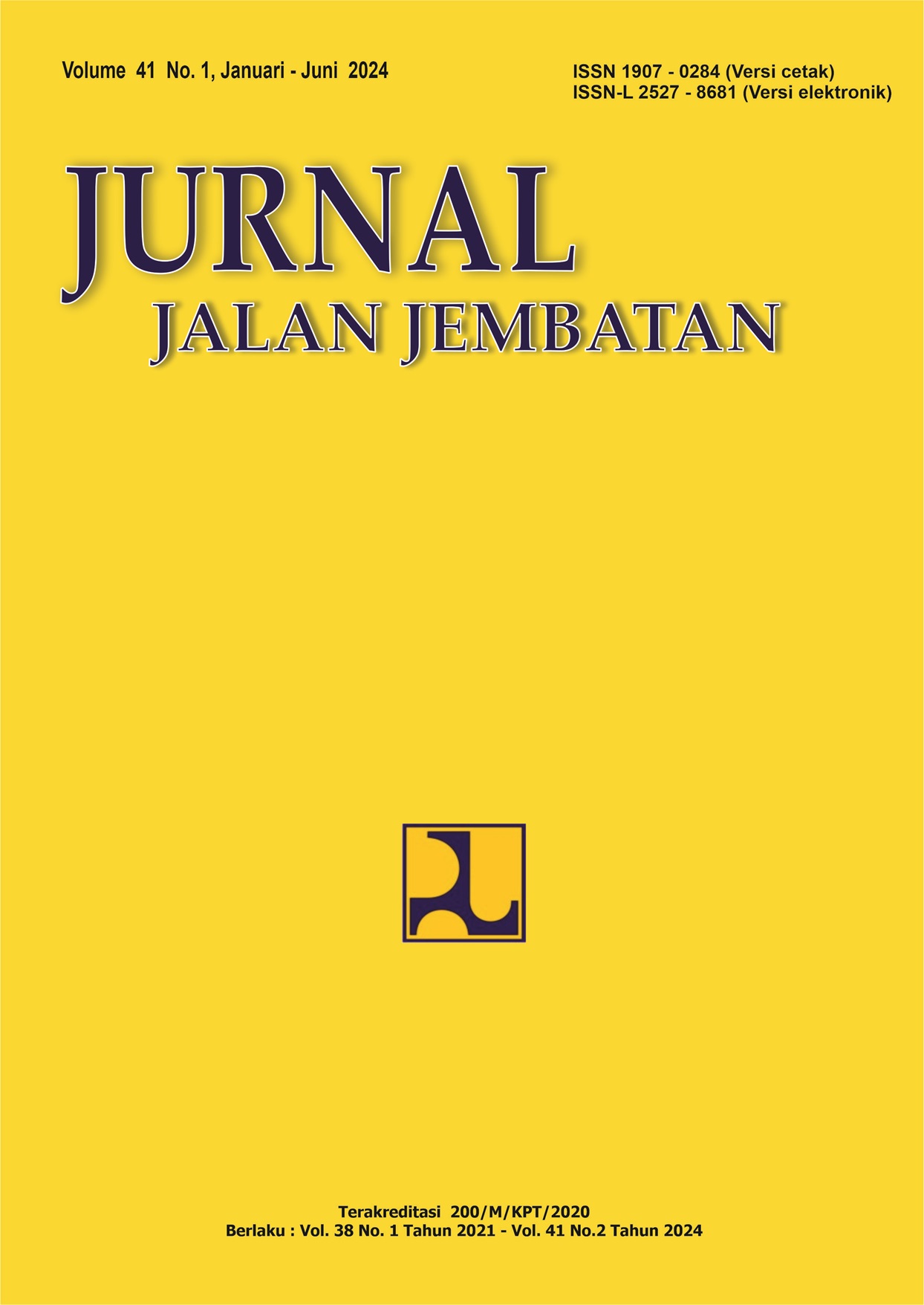AN EXPERIMENTAL STUDY ON LAMINATED GLASS FLOOR STRUCTURAL BEHAVIOR UNDER FLEXURAL LOADING
Main Article Content
Abstract
The development of laminated glass with enhanced ductility compared to standard glass presents promising opportunities for its utilization as load-bearing structural components, notably in floors and beams. Its application as bridge flooring has gained widespread acceptance across construction projects worldwide. Despite this, understanding laminated glass floor behavior remains limited due to its recent emergence in the construction sector. This study aims to investigate the structural response of laminated glass floors to vertical bending loads through bending tests conducted in a laboratory setting. Four samples were tested, including three with two layers of laminated glass and one with three layers, all using the same thickness of glass and interlayer, which is 12 mm and 1.5 mm, respectively. Vertical compressive loads were applied at the floor span center, with deformation measured incrementally. Test results show that all laminated glass floor specimens can withstand loads greater than the design load, with ductility reaching up to 2,23, showcasing post-failure ductile behavior and gradual bending failure conducive to safe evacuation. These findings significantly advance our comprehension of laminated glass in bridge construction, paving the way for innovative structural designs.
Keywords: laminated glass, structural floor, bending test, ductility, stiffness
Article Details
Authors who publish in this journal agree to the following terms:
-
Authors retain copyright and grant the journal the right of first publication with the work simultaneously licensed under a Creative Commons Attribution License, which allows others to share the work with acknowledgment of the work's authorship and initial publication in this journal.
-
Authors may enter into additional contractual arrangements for the non-exclusive distribution of the journal's published version of the work (e.g., post it to an institutional repository or publish it in a book), with acknowledgment of its initial publication in this journal.
-
Authors are permitted and encouraged to post their work online (e.g., in institutional repositories or on their website) as it can lead to productive exchanges, as well as earlier and greater citation of the published work.
Each submitted manuscript must be accompanied by a "Manuscript Originality Statement" and a "Copyright Transfer Statement".

